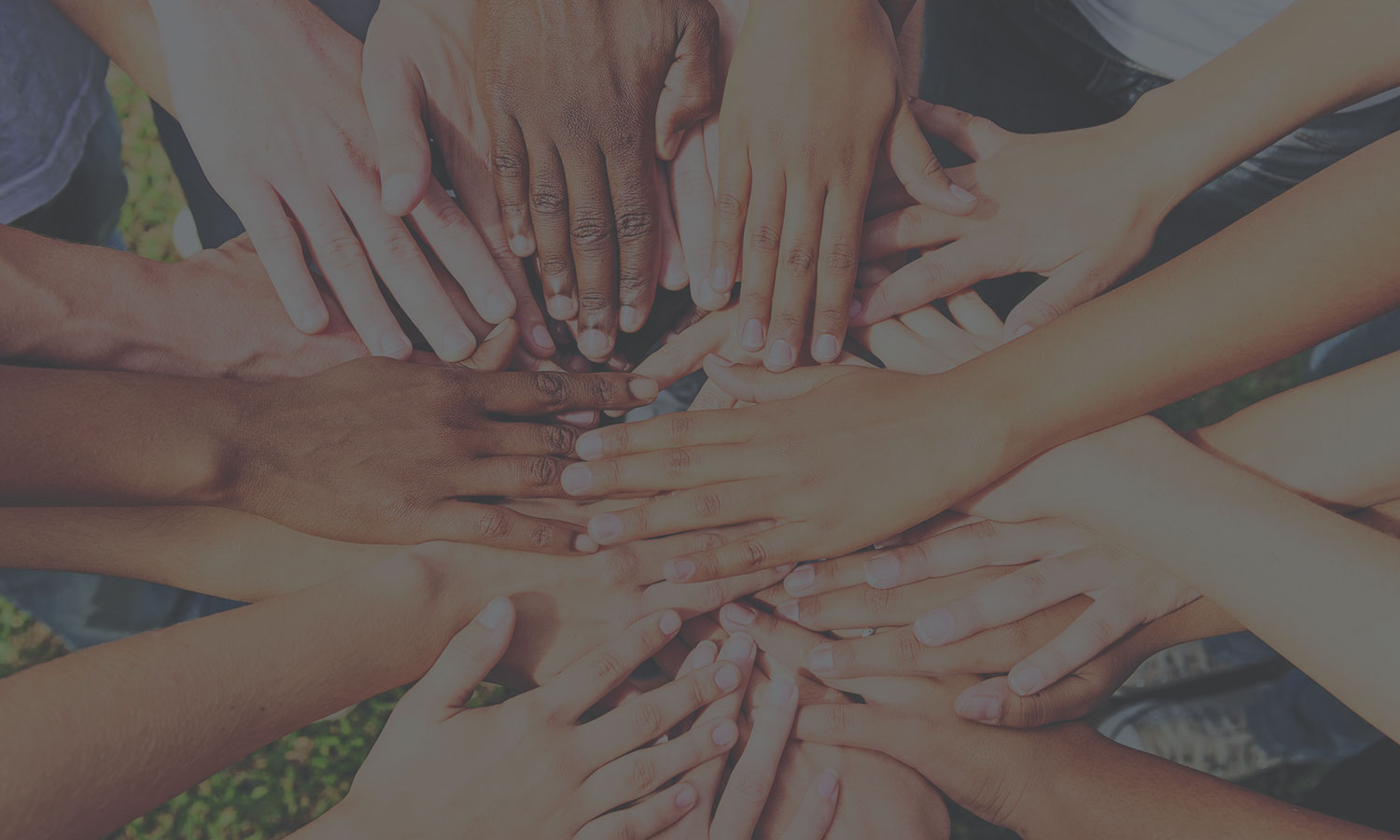From #MeToo to #HowIWillChange, Men Can Prevent Abuse

If someone asked me #HowIWillChange when I first joined FUTURES and the movement to end gender-based violence, I would have responded “I don’t need to change. I’m a black and gay civil rights attorney. I know something about oppression and violence.”
It didn’t take long for me to realize how little I knew about the dynamics of sexual violence, and how abusive and harassing conduct is primarily motivated by a need to gain power and control.
That embarrassingly basic realization led to my first big change: acknowledging that women know much more about their own experiences than I do. After taking that vital first step to help eradicate sexual harassment, which is a particularly insidious form of sexual violence, I would ask men to consider the following about their workplace:
- Consider whether you are unaware that sexual harassment is occurring at your workplace. Have you evaluated the possibility that others may feel uncomfortable telling you what is happening, and why? What steps have you taken to foster a safe work environment to confidentially discuss and address these issues without fear of retaliation?
- If a co-worker reports that they are experiencing sexual harassment, does your workplace define sexual harassment objectively, or is it up to whoever is in charge? Were any women involved in the development of your workplace’s sexual harassment policy? Is the policy glossed over at new employee orientation, never to be heard of again?
The internal investigations into Harvey Weinstein’s misconduct and the culture of harassment of Fox News were conducted primarily by men in industries where few woman occupy leadership roles. To make matters worse, they perpetuated the false and unacceptable norm that sexual harassment is an occupational hazard of their industries.
Many well-intentioned men who take action against a harasser think acting swiftly to help remove a “creep” from the workplace is sufficient to make them an ally. But when men retain the authority to define what it means to be a “creep,” they are exercising the same power and control dynamics that are at the root of all forms of sexual violence, including sexual harassment. Yes, it’s crucial that men call out other men whose behavior is harassing or discriminatory. But there is no need to wait until after an incident to help shift a workplace’s culture to one of prevention and support.
How can men change their workplaces?
- Analyze the workplace through a power and control lens. If your workplace culture routinely sidelines, isolates, intimidates or speaks over women, the ground is fertile for sexual harassment and other acts of sexual violence to flourish;
- Ask the women with whom you work what you can do to help create a workplace where women feel comfortable reporting sexual harassment. A women’s committee or other formal structures can help ascertain the status of women in your workplace and collaboratively shift power dynamics;
- Create policies for addressing these issues in and impacting the workplace. Prominently post and distribute service provider resources, and regularly engage employees in awareness raising, training, and education activities; and,
- If an employee reports that she or he is experiencing sexual harassment, respond compassionately, prioritize safety planning, assure confidentiality consistent with your workplace policy and to the fullest extent of the law, and give space to have a say over the workplace’s response.
#HowIWillChange is to scrutinize whether I help foster a safer and more supportive workplace for all workers, constantly engage in prevention and response strategies, believe women who come forward and involve everyone in all aspects of this issue from policy development to incident response.
How will you change?





